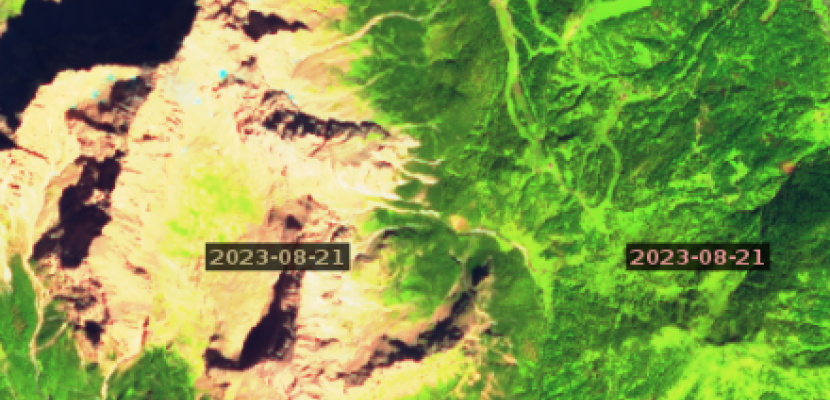
Integration of Satellite data in regional and local SDIs as reference for territorial planning

About this good practice
For Veneto Region, the first official mention of a Space Data Infrastructure dates back to the Regional Law 11/2004, which highlights the role of integrated Geographic Information Systems (GIS) as a pool of data and cognitive framework for regional planning.
Back at that time however, data was mainly acquired by traditional methods (i.e.: field surveys and aerial photography), and Earth Observation technologies were mainly used in academia and the military sector, not available (and affordable) to regional and local administrations.
This situation changed drastically after the launch of Sentinel-1A mission in 2014, making EU programme Copernicus fully operational, transforming satellite images into value-added information for European regional and local administrations to use.
From that moment, Regione del Veneto has promoted an organic inclusion of satellite information in its sets of spatial data as a main reference for planning on a regional and local scale.
Today, the infrastructure hosts several datasets (all certified), not only those regarding territorial planning and basic cartographic data.
The result is a top-notch Spatial Data Infrastructure, which serves as an interoperable exchange gateway for geographic data (in compliance with the principles of the INSPIRE directive) and as a powerful tool for decision makers to deliver better, evidence-based spatial planning policies
Resources needed
Total cost for the initial setting up of the SDI: circa 1 million €;
Cost for maintenance of the infrastructure: circa 500.000 € / year;
Costs specifically related to the integration of Satellite Data in the SDI: 50.000 € / year;
Human resources: 7 technical officers full-time dedicated to the SDI.
Evidence of success
Veneto Region’s SDI is used across several departments of the regional administration to monitor and study a number of different phenomena (flood and landslides, forest fire, regional cover land, fishery etc…) and design evidence based plans and strategies. To give a few numbers: in 2022 SDI website counted more than 2 million sessions, with over 500,000 downloads or links to WMS or WFS service.
Potential for learning or transfer
The practice of integrating satellite data in local and regional Spatial Data Infrastructures is to be considered of strategic importance for virtually every LRA, and potentially transferable to any administration with sufficient resources to implement it.
As a pre-requirement for transferring the practice, a regional SDI has to be already in place, preferably designed following a modular architecture, so that data can be easily managed in a scalable way, with minimum level of constraints (hardware, software).
It has to be clear which kind of satellite/earth observation data are needed, for which purpose, and at which scale. Most of the time Sentinel products are sufficient, however, where highest accuracy is requested, the possibility to purchase commercial data might arise.
In order to reduce storage space and increase speed, a cloud architecture is preferable. Another key point it’s to design the distribution of information through OGC protocols (WMS, WFS…).
Further information
Website
Good practice owner
You can contact the good practice owner below for more detailed information.